Ho Chi Minh City's tourism industry is promoting the development of many riverside tourism activities, aiming to become a river city rich in identity.
The first river festival was held on the Saigon River in early August, marking a turning point for this process. Ms. Nguyen Thi Anh Hoa, Director of the Ho Chi Minh City Department of Tourism, said that in parallel with the river festival, Ho Chi Minh City has 20 tourist tours being exploited on the river. Short-range tours are from central wharfs in the city such as Bach Dang wharf, District 1, Binh Quoi wharf, Binh Thanh district, and Nhieu Loc - Thi Nghe canal. Medium-range routes are ships going from the city center to Cu Chi, Can Gio. Long-range routes are connecting with the provinces of the Southwest, Southeast and to Phnom Penh, Cambodia.
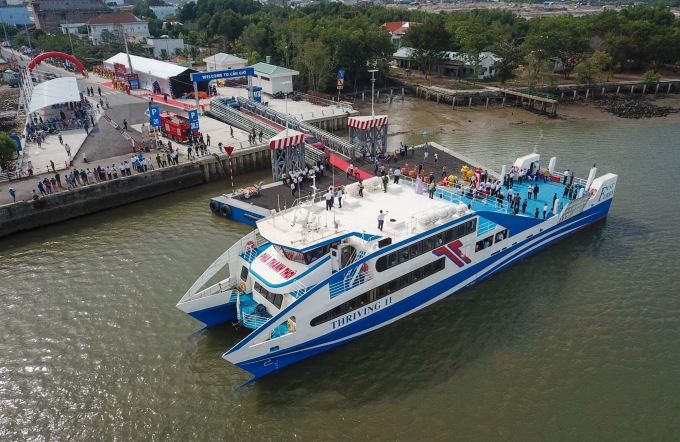
Can Gio - Vung Tau sea ferry, one of the waterways combined with tourism put into operation in Ho Chi Minh City. Photo: Quynh Tran
From now until 2025, the Department of Tourism will work with the Department of Transport of Ho Chi Minh City to develop at least 10 more tours. In the immediate future, the city will renew services and destinations on the routes it is currently operating. Ms. Hoa gave an example of Van Phuc urban area, Thu Duc city, located on the short-range route, while the medium-range route will launch water music products to serve tourists. Binh Quoi tourist area, Thanh Da, Binh Thanh district in the city center will add experiences such as cycling around the peninsula, and renew culinary services. The route to Cu Chi will exploit destinations in District 12 and Hoc Mon.
Wharfs 2, 3, 4 and Wharf B of Ba Son Port, District 1 are expected to be exploited in the near future, adding restaurant ships and river cruise ships. The Department of Tourism is also applying for a license for anchorage locations on the Saigon River, putting into use 12 anchorage locations at Can Gio Port to have a basis for developing more cruise ships and river cruise service ships along this route.
The cluster of District 7, Nha Be District, Can Gio District, will also have a new route from Nha Be to Tam Thon Hiep, Can Gio District, combining road and river tourism. There will be additional routes from the city center to Binh Dien Market, District 8, developing tourism products at this seafood wholesale market.
The high-speed ferry route from Ho Chi Minh City to Con Dao will also soon be put into operation, instead of having to go through Cat Lo port, Ba Ria - Vung Tau, as at present. The route from Can Gio to Long An is being actively connected by the two localities.
"From this riverside economic service development project, the landscape on both banks will be improved, economic service activities will be renewed. The Saigon River will become a cultural symbol, an economic highlight of Ho Chi Minh City," said Ms. Hoa.
The director of the marketing and communications department of a travel company in Ho Chi Minh City said that Saigon River cruise tours are currently on a good growth trend, with the potential to attract both domestic and international tourists. Each month, the company welcomes about 3-4 groups of 5-20 tourists from Europe, America, Australia, other provinces and Ho Chi Minh City residents. Tour duration ranges from half a day to a day.
According to the company representative, river tourism products are currently limited in type, diversity and novelty, so most of them only serve tourists once, making it difficult to re-market. Saigon river tourism products are mainly river cruises and culinary programs, lacking the festival colors as well as the outstanding characteristics of the river culture of the South in general and Ho Chi Minh City in particular.
Ms. Huynh Phan Phuong Hoang, Deputy General Director of Vietravel, commented that the current river tourism products in Ho Chi Minh City have a lot of development potential, which is the basis for connecting inter-regional routes in the future, giving Vietnamese and international tourists more opportunities to experience and learn more about Ho Chi Minh City.
However, the exploitation of tour products still faces barriers in terms of procedures and overlapping management. There are still many limitations in the berths for tourist vehicles. In addition, the lack of synchronization in infrastructure makes water tourism in Ho Chi Minh City difficult, typically the construction of bridges over rivers that are too low, making it impossible for tourist boats to pass.
Another difficulty is the pollution of the canals. Littering and defecation still occur, causing many canals to stink when the water is low or when garbage floats after rains, causing great discomfort to tourists, making it difficult for tourism companies to develop their products.
"The current river tourism route is still limited in quality and attractiveness due to the lack of diverse accompanying services. The journey is long but there are no suitable stops," said Ms. Hoang.
Despite difficulties and limitations, many local tourism businesses expressed their hope that the first river festival and river tourism products will have long-term vitality and be continuously innovated to contribute to diversifying the city's tourism products.
Bich Phuong - Van Khanh
Source link


![[Photo] Overcoming all difficulties, speeding up construction progress of Hoa Binh Hydropower Plant Expansion Project](https://vstatic.vietnam.vn/vietnam/resource/IMAGE/2025/4/12/bff04b551e98484c84d74c8faa3526e0)


![[Photo] Closing of the 11th Conference of the 13th Central Committee of the Communist Party of Vietnam](https://vstatic.vietnam.vn/vietnam/resource/IMAGE/2025/4/12/114b57fe6e9b4814a5ddfacf6dfe5b7f)


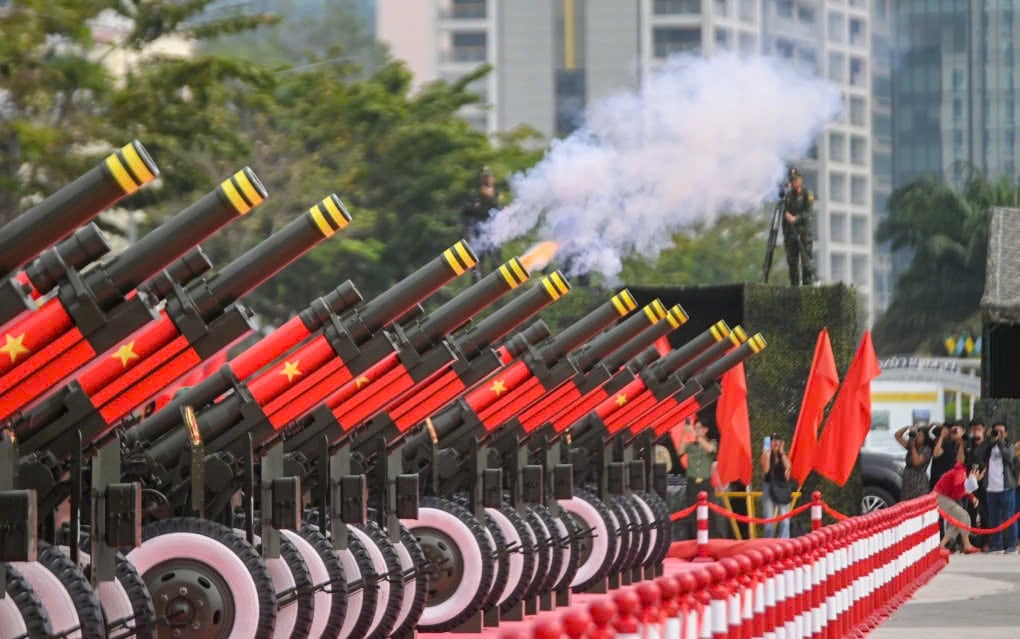



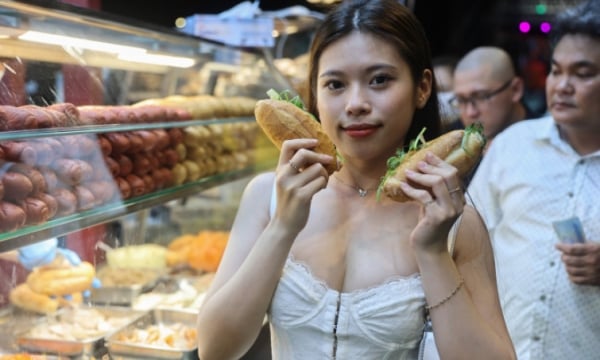

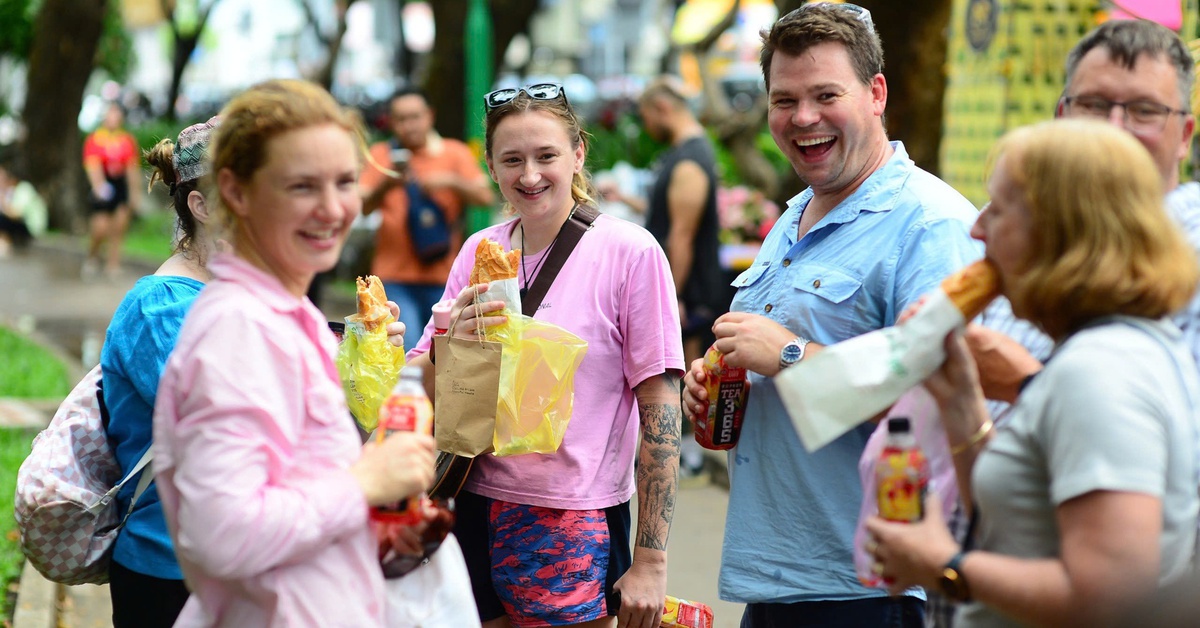

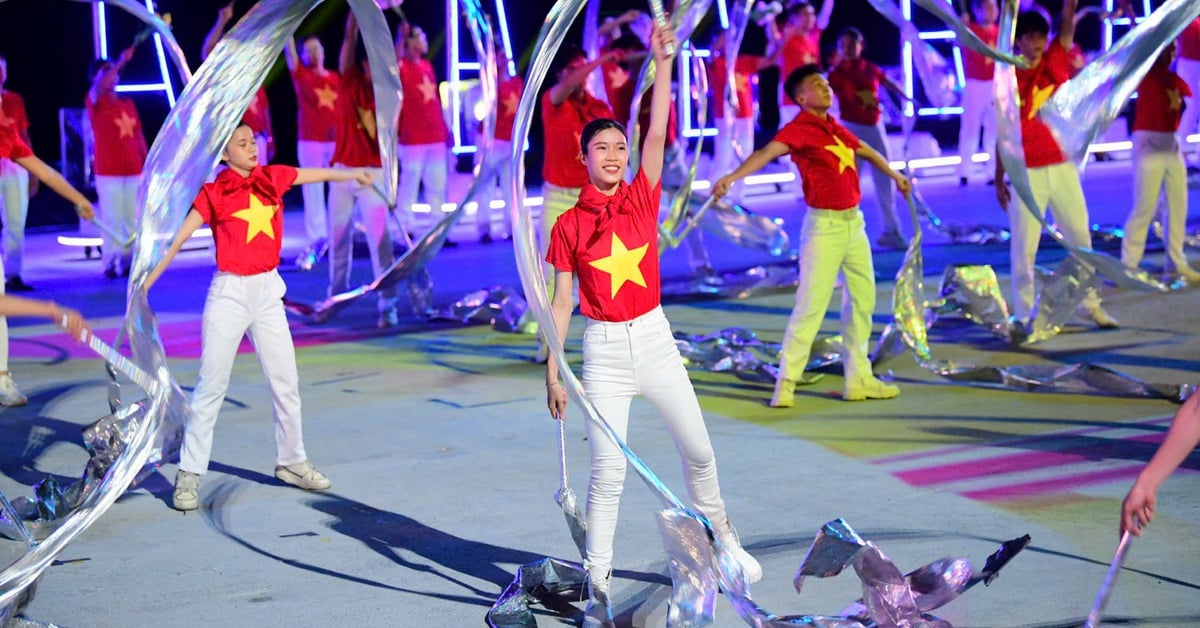
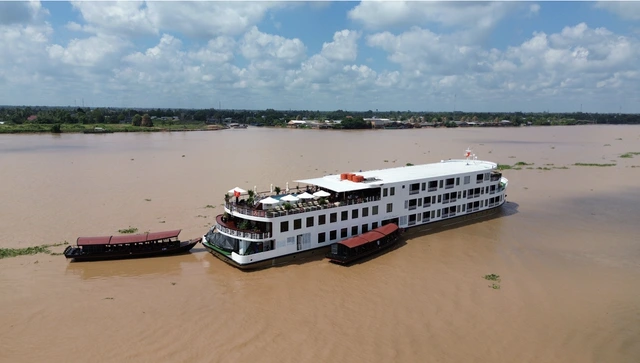
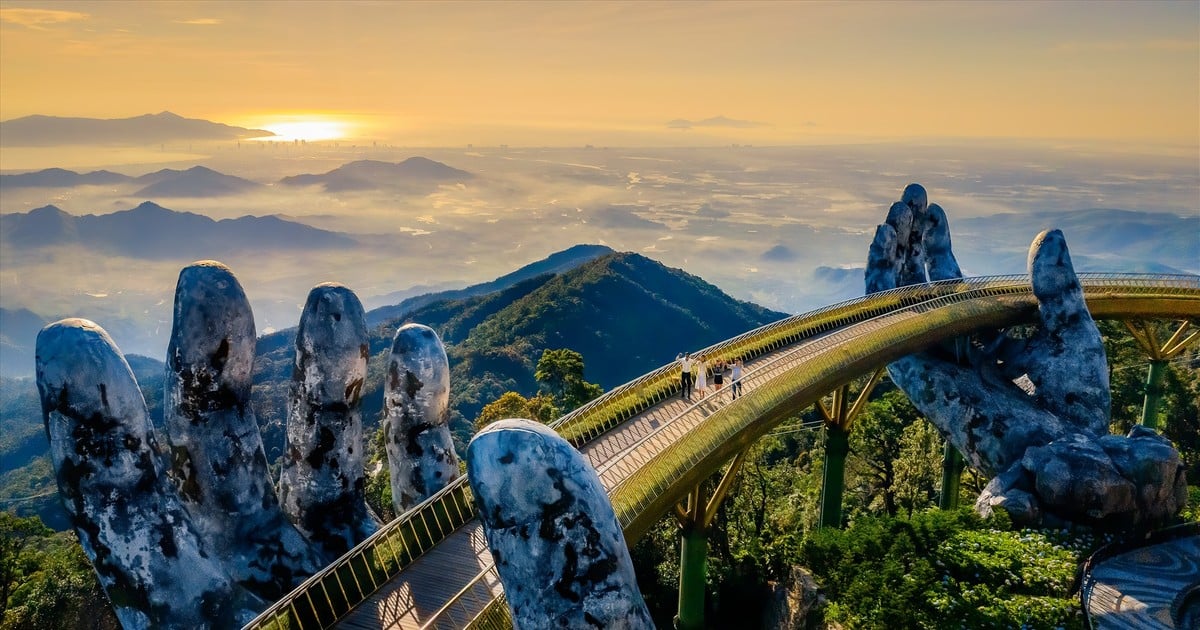
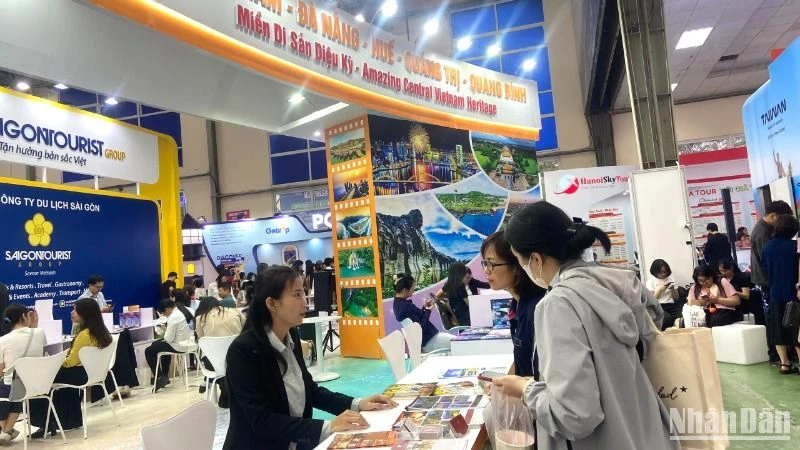
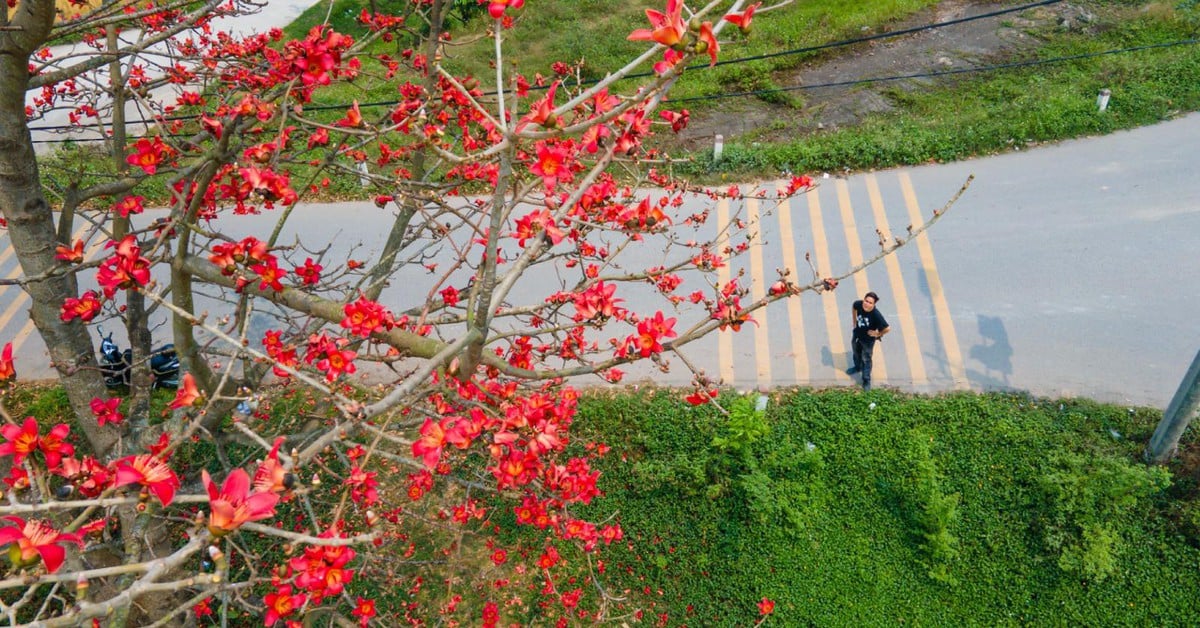
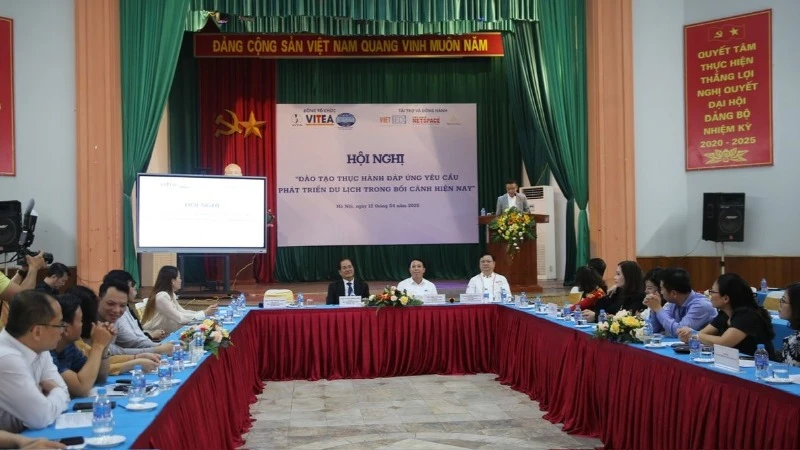
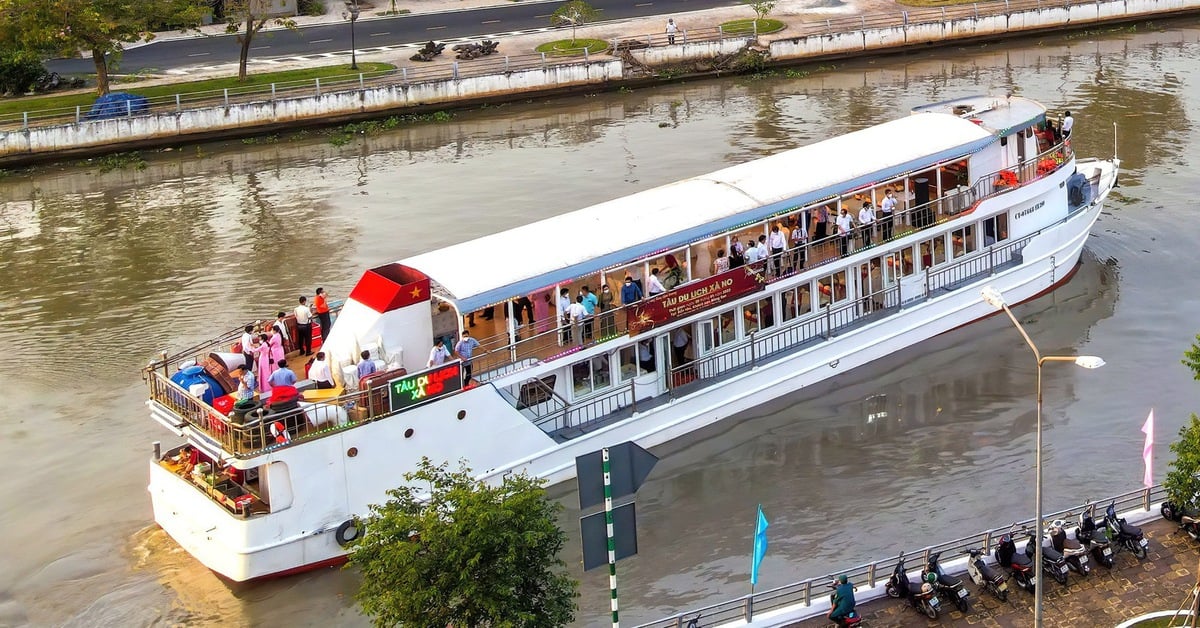






















































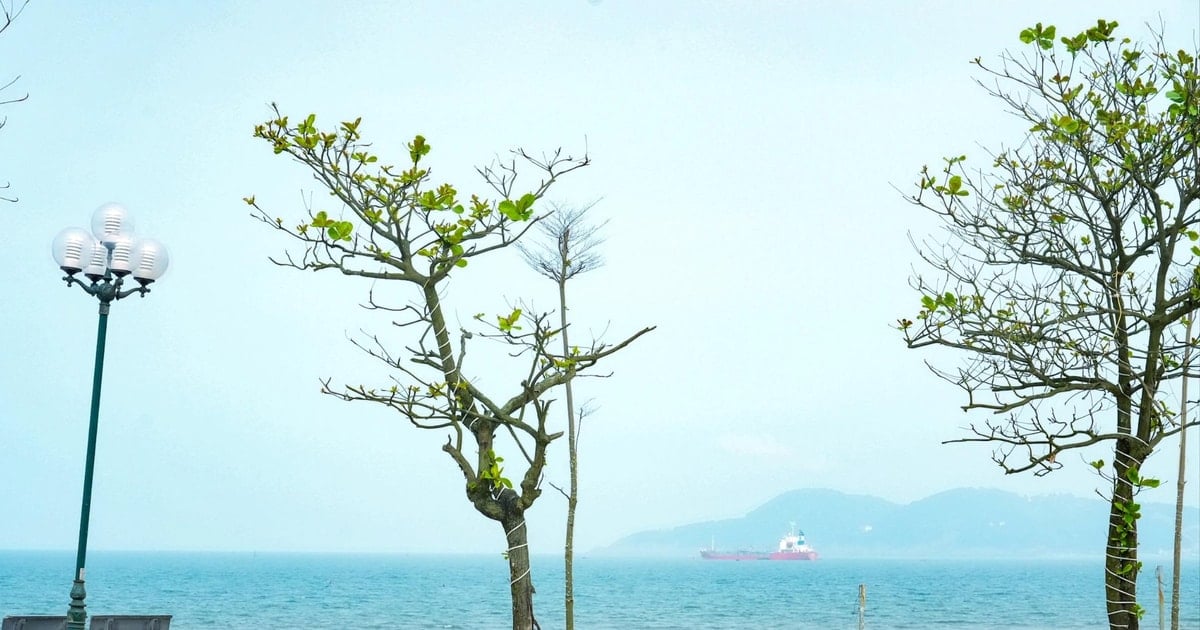

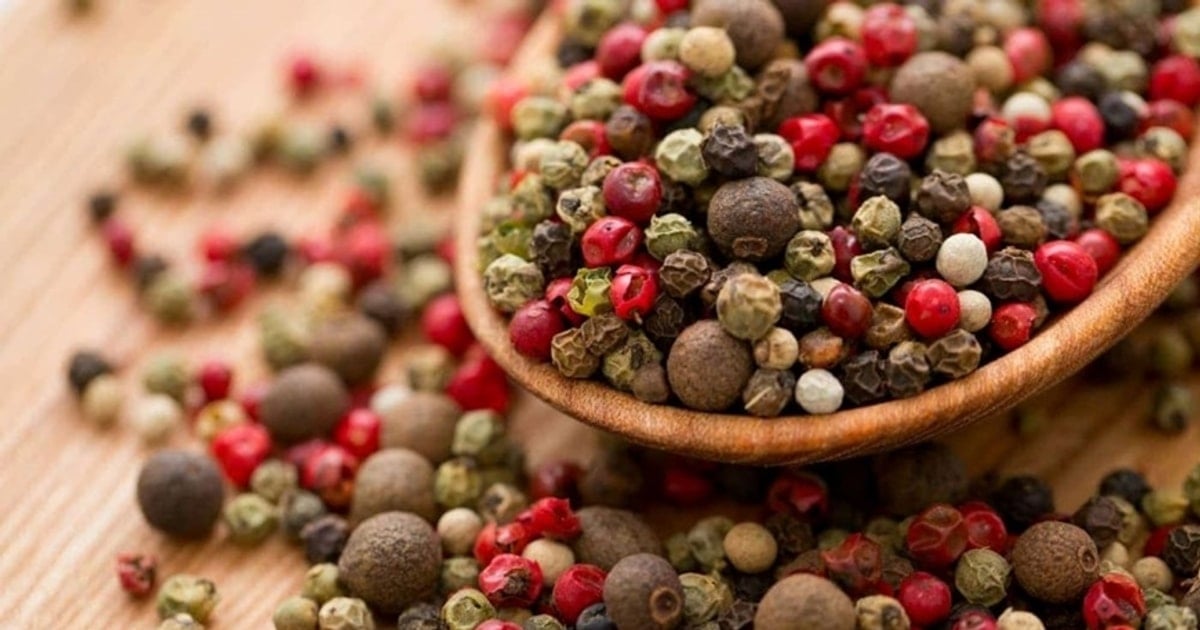

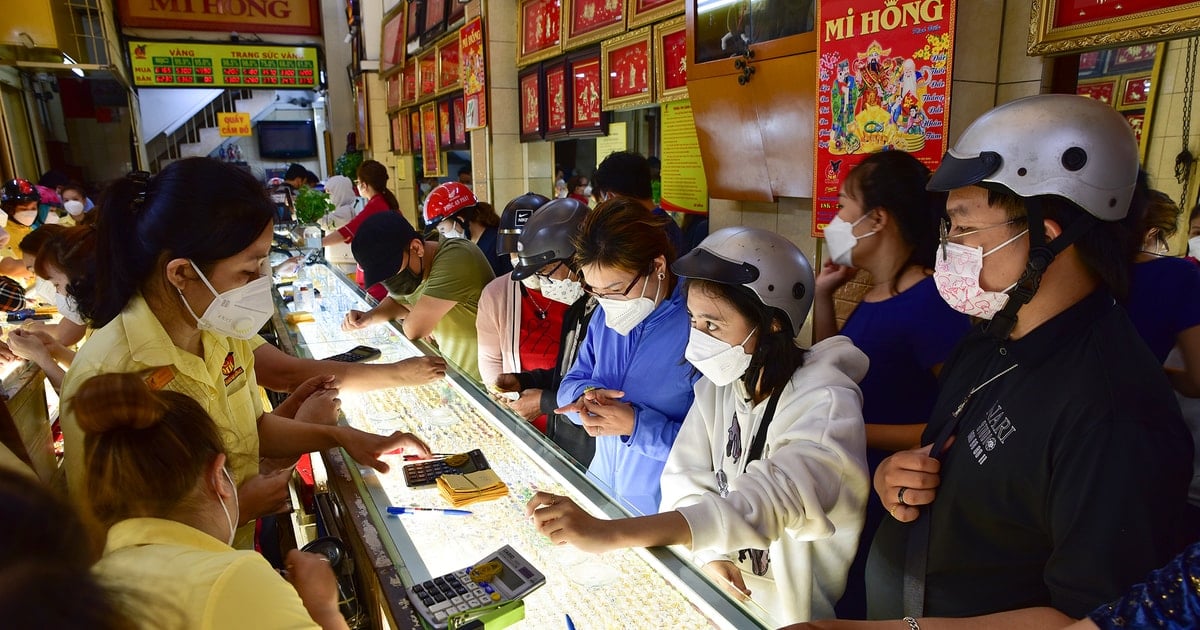

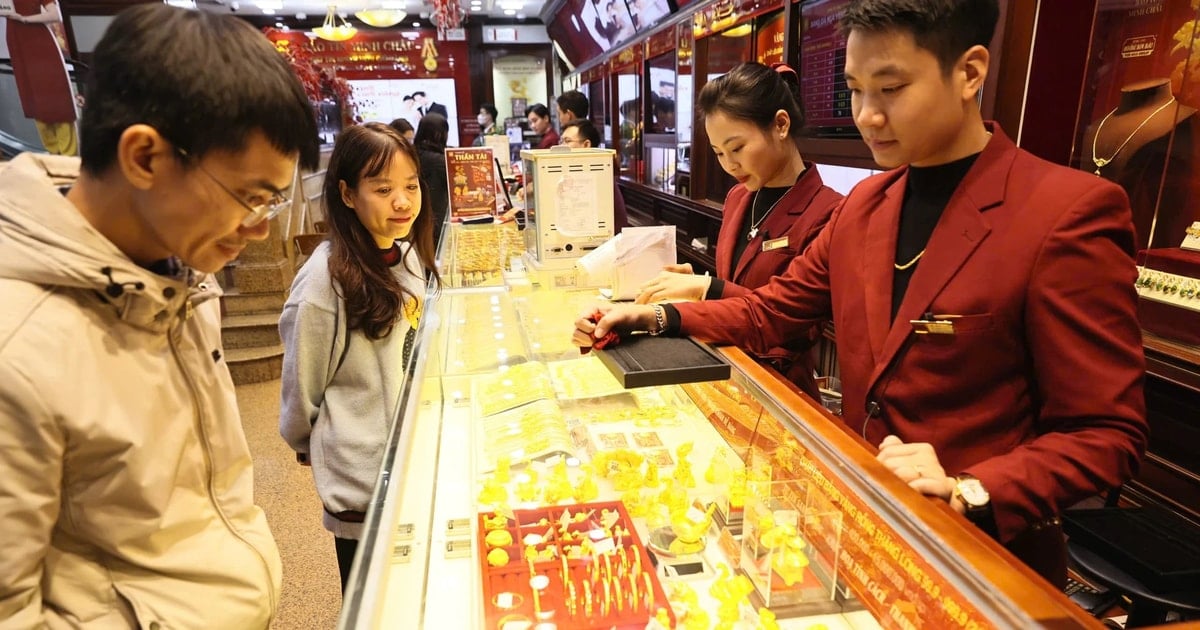
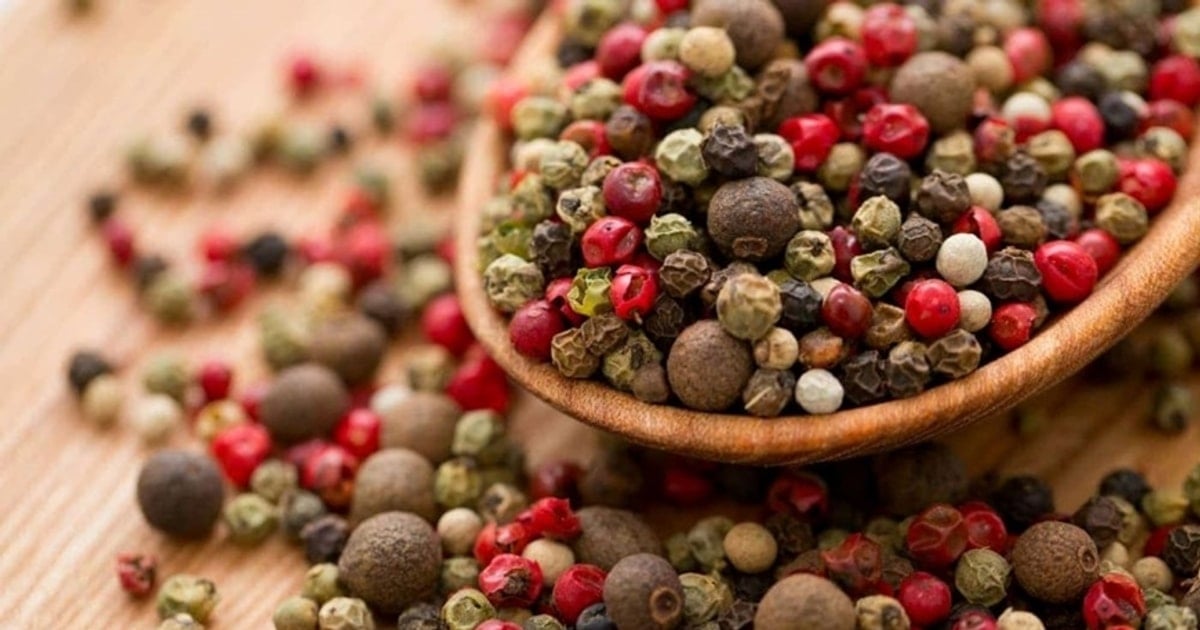











Comment (0)